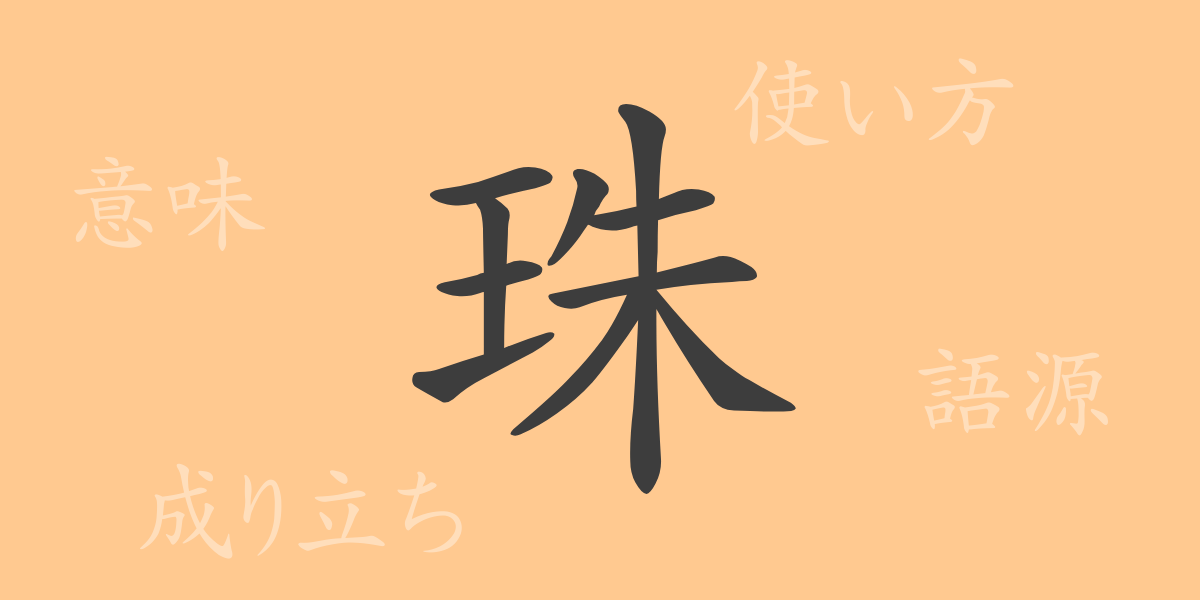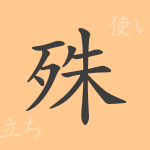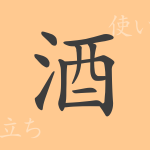In Japanese culture, the meanings embedded in characters are deeply rooted. The kanji “珠(たま)” is no exception. This single character encapsulates beauty and value. In this article, we will delve into the origins, meanings, and usage of the kanji “珠(たま),” as well as explore idiomatic expressions and proverbs that include this character.
Origin of 珠(たま) (Etymology)
The character “珠(たま)” originates from ancient Chinese oracle bone script. It was initially used as a pictographic character representing a shell. Over time, it came to signify the beautiful pearls extracted from shells, thus evolving to mean pearls or jewels. This evolution reflects how characters have developed in close relation to people’s lives.
Meanings and Usage of 珠(たま)
The kanji “珠(たま)” primarily refers to pearls or jewels. However, it also extends metaphorically to signify something valuable or beautiful. For instance, “涙珠(るいじゅ)” likens tears to jewels, and “珠玉(しゅぎょく)の詩” refers to a poem of high value and beauty.
Readings, Stroke Count, and Radical of 珠(たま)
When looking at the kanji “珠(たま),” its shape suggests something special.
- Readings: The on’yomi (音読み) is “シュ,” and the kun’yomi (訓読み) is “たま.”
- Stroke count: “珠(たま)” consists of 10 strokes.
- Radical: The radical is 玉(たま・ぎょくへん).
Idioms, Phrases, and Proverbs Using 珠(たま)
There are many idioms, phrases, and proverbs in Japanese that include “珠(たま).” For example, “珠算(しゅざん)” refers to calculations using an abacus. “珠玉(しゅぎょく)” denotes something as valuable and beautiful as pearls or jewels. Additionally, the expression “一粒の珠(ひとつぶのたま)” means that even small things can have great value.
Conclusion on 珠(たま)
We hope this article has helped you appreciate the multifaceted charm of the kanji “珠(たま).” As one of the common kanji used in Japanese, “珠(たま)” plays an important role in our language. Understanding its history, meanings, and beautiful idiomatic expressions allows us to appreciate the richness of the Japanese language. In Japanese culture, which values and cherishes beauty and valuable things, “珠(たま)” is a symbolic character.

























